Bush medicine: Indigenous remedies for common ailments

In First Nations culture, the concept of healing an individual through the natural environment – using bush medicine – was ultimately entwined with the spiritual world and not just the physical. A healer was not just a ‘bush clinician’, but also an expert medium operating between the sick and the spiritual world.
Put another way, the medical healing process often involved a two-pronged approach whereby both the spiritual and physical components would be treated in harmony.
Why? Because they were ultimately considered one in the same.
So, not surprisingly healing required two types of ‘doctors’: the spiritual doctor and what we might call the ‘medicine man’. Spiritual doctors were considered a supreme authority and were in charge of curing the ill partly through correcting spiritual disharmony. Carrying full responsibility of both diagnosis and treatment, the spiritual doctor was the only person who had the ability to determine a cause of death, for example.
The medicine man on the other hand was the spiritual doctor’s practical counterpart; he prescribed herbs and other remedies alongside spiritual rituals. Sometimes, such medicines were common and easy to acquire; during other times, many days or even weeks of travel were required to locate the medicine. No doubt, seasonal variations in trees and plants disrupted the ability to prepare specific medicine at times.
Curious variations in how many of these medicines were prepared and administered have been documented. For example, plant leaves may have been burnt on a stick before application to a wound, perhaps mashed up and swallowed, or boiled before drinking.
Broadly speaking, most active ingredients in any medicine (even today in modern medicine) tend to be either fat (lipid) soluble, or water-soluble to one degree or another. For this reason animal fat was critically important in the preparation of many traditional medicines. Most likely, ancient First Nations people were unwittingly using animal fat to absorb and deliver the lipid-soluble active ingredient of a natural compound. Without the addition of animal fat, it was likely the medicine would not work.
Here are few regional First Nations bush medicines:
Native hop or sticky hopbush (Dodonaea viscosa)
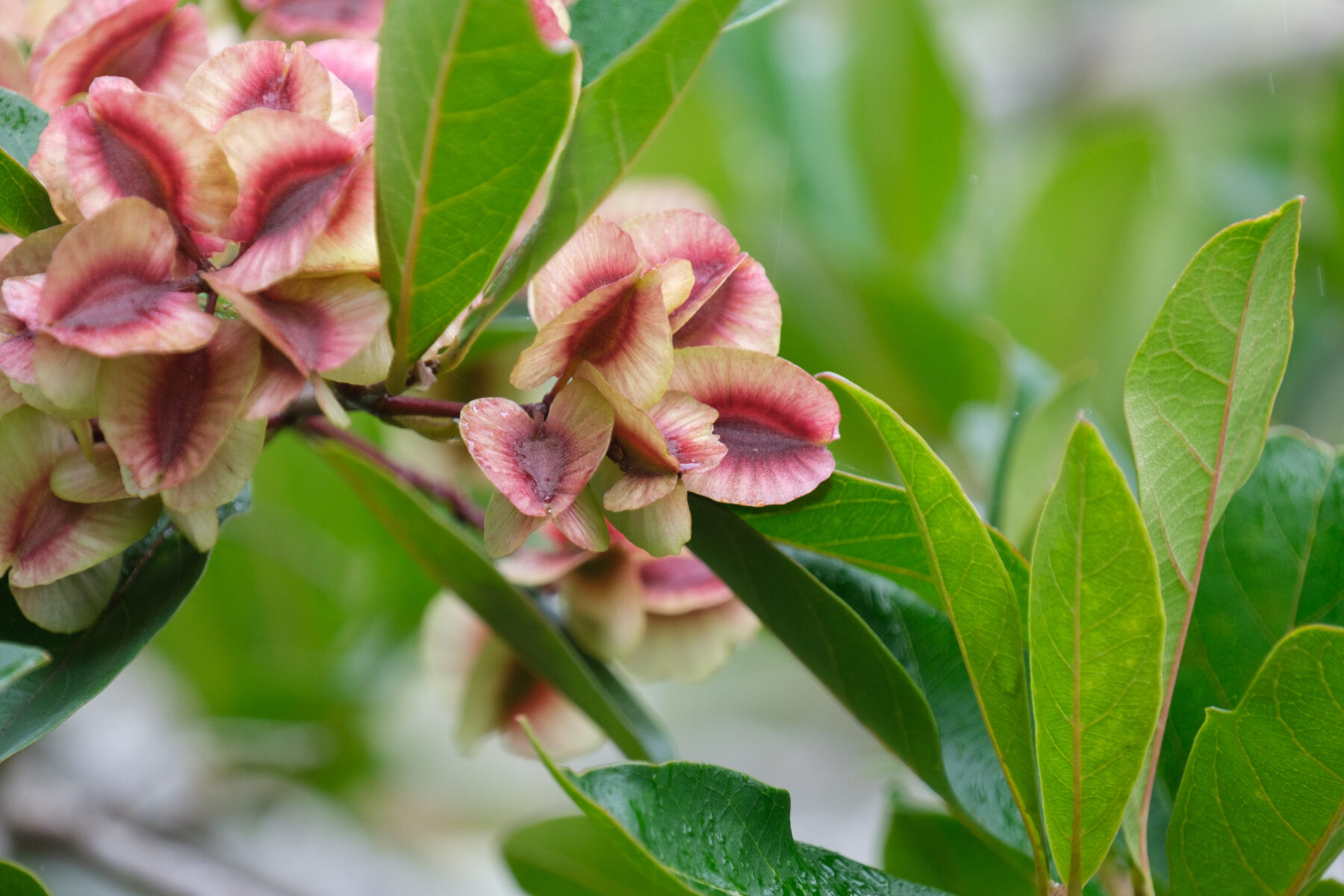
This plant’s thick, leathery leaves could be boiled and applied to relieve ear ache. Commonly found in the Australian outback, the sticky hopbush is known to tolerate desert conditions, making it readily available when other medicines may have died back during drought. Early Australians settlers further upgraded the use of this plant to ferment beer.
Nettle (Urtica diocia)
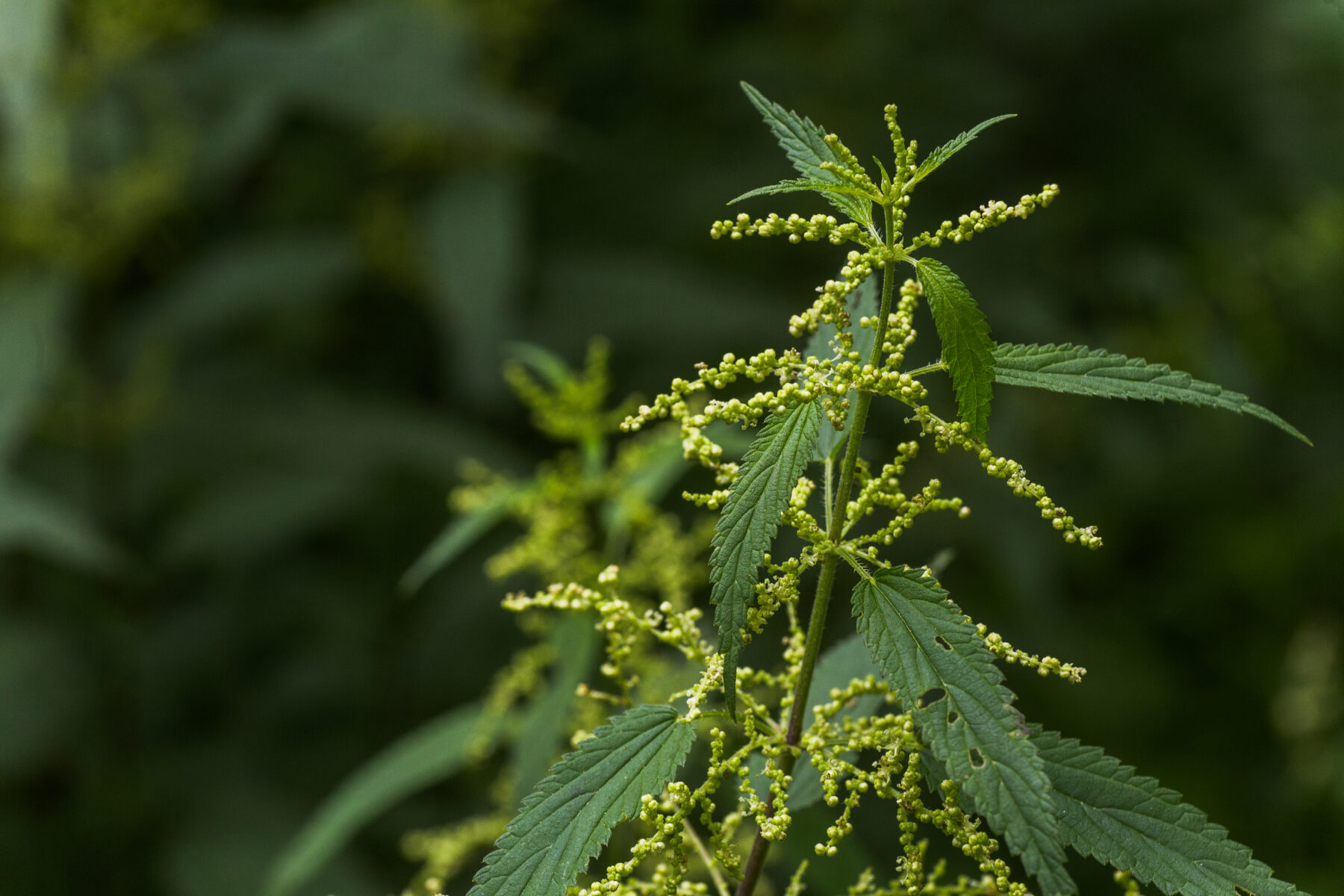
Australia’s indigenous people used this prickly plant to ‘beat away’ paralysis and rheumatism by smacking the ill with its leaves. The tiny hairs that cover the leaf cause an extreme stinging sensation at first touch. Using tiny hollow tubes, similar to glass, the stinging nettle allows air to pass through the epidermis and enter special receptors in the skin and overstimulate them, causing extreme pain.
Beach bean (Canavalia rosea)
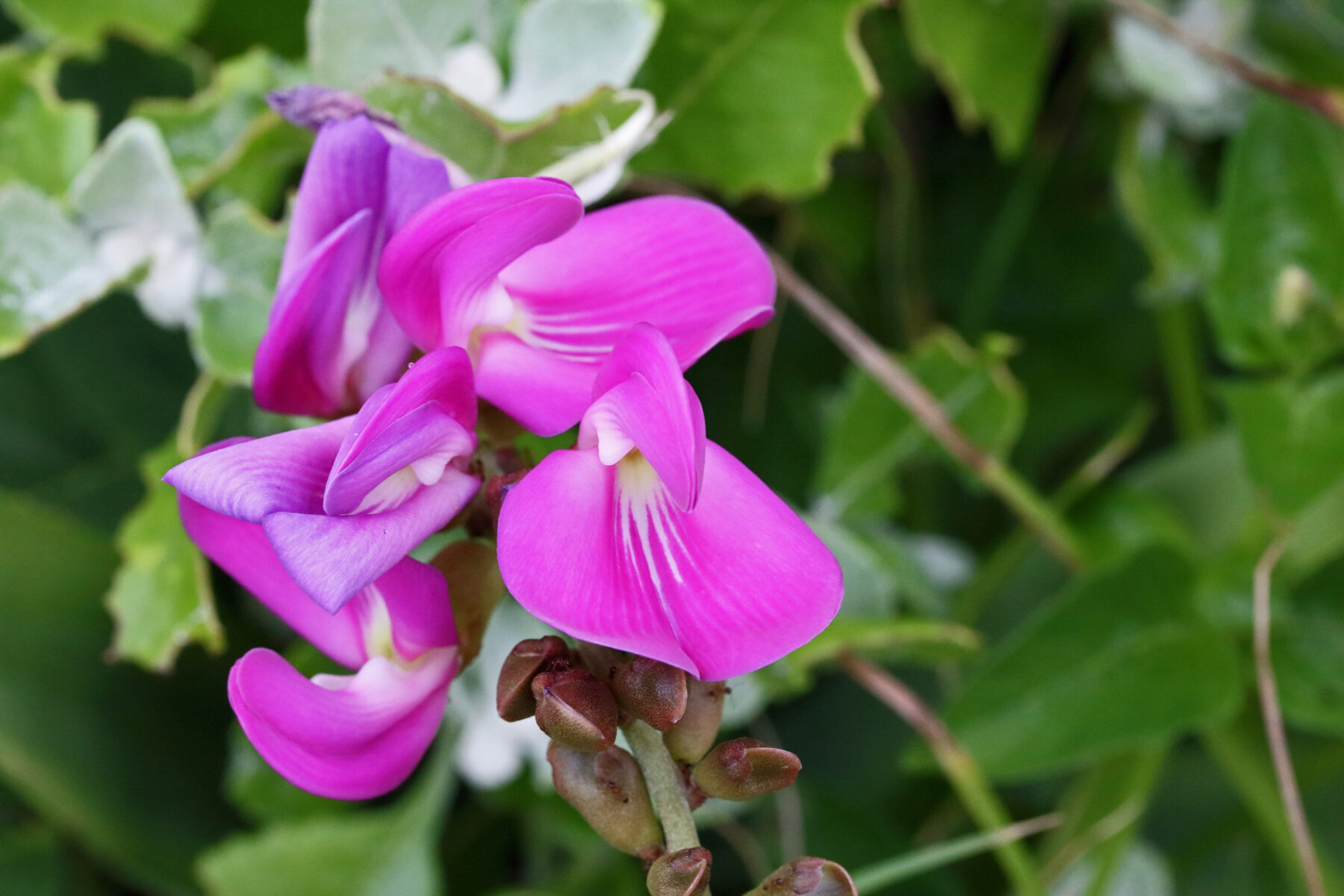
This purple-flowering species of the genus Canavalia is just one example of where a carefully prepared extract from the roots could be rubbed on the skin to relive various aches and pains. It is commonly found on beaches, dunes and open areas.
Pemphis or digging stick tree (Pemphis acidula)

Australia’s indigenous people were known to apply the tip of a burnt Pemphis twig to the site of a toothache. Thought to result in pain relief, the digging stick tree is typically found close to the sea, in a beach forest, or amongst thick coastal scrub.
Lemon grasses (Cymbopogon sp.)
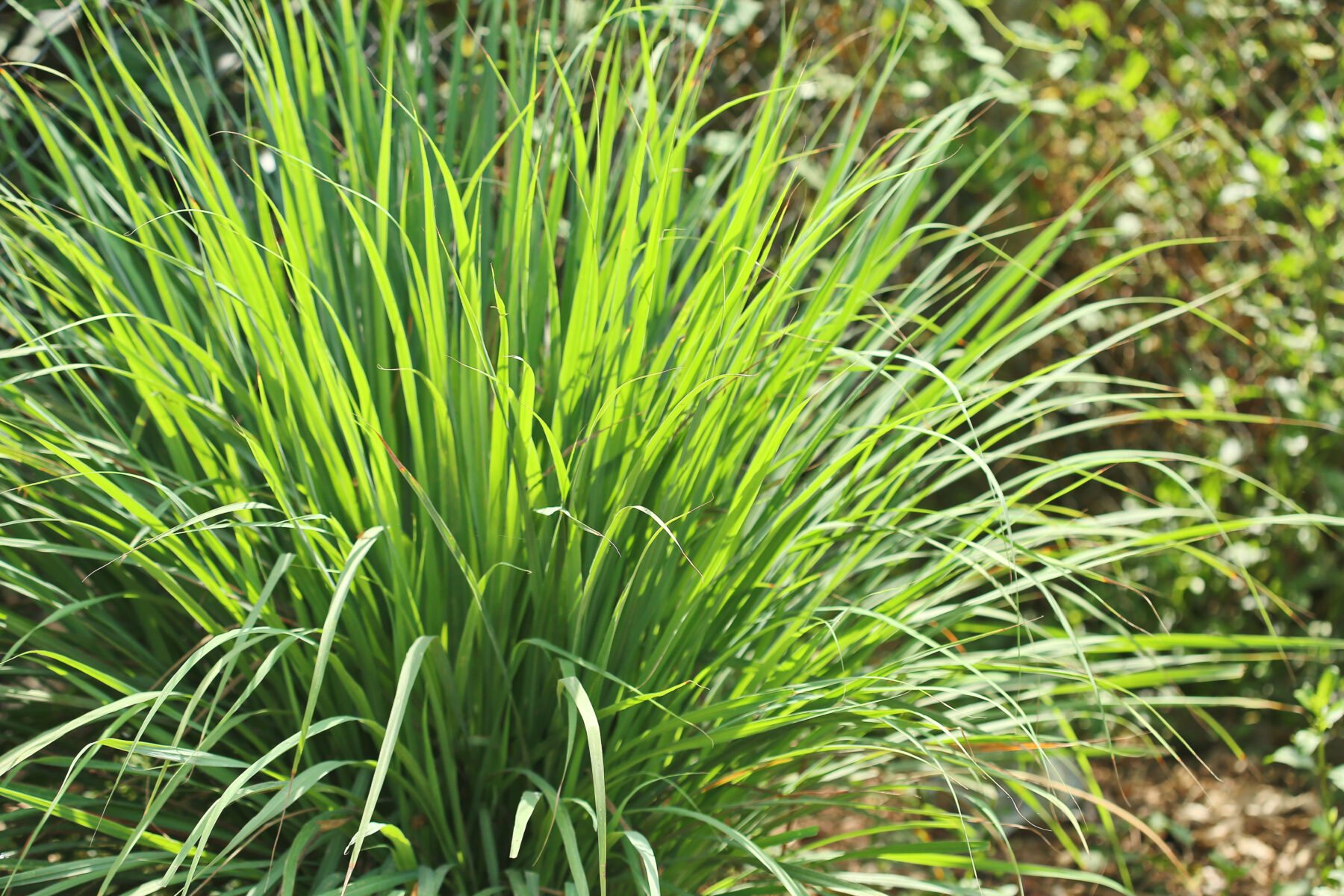
This diverse plant could be used as an ingredient for several ailments. Fevers could be treated by washing the skin after the plant is boiled and left to cool; diarrhoea could be cured by drinking it raw but liquefied; and sore ears were apparently comforted by direct contact with the plant alone.
Mud, sand, and termite dirt
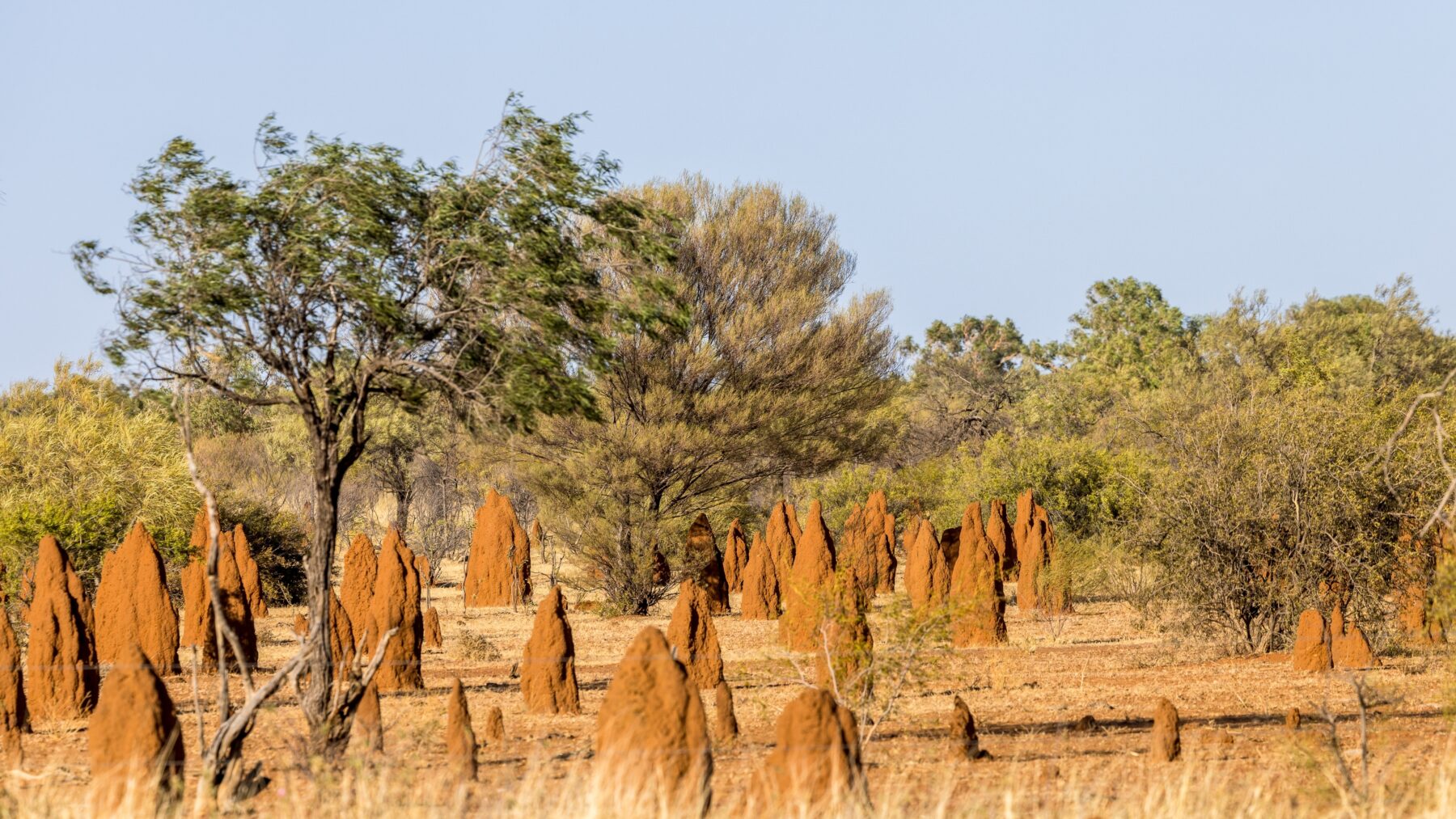
Australia’s indigenous people were known to directly apply specific types of soil onto their fresh wounds. Mud, or, more accurately, sediment, was carefully selected from the cooler proximity of a waterhole to relieve and act as a physical barrier to retard infection on open wounds.
Clay
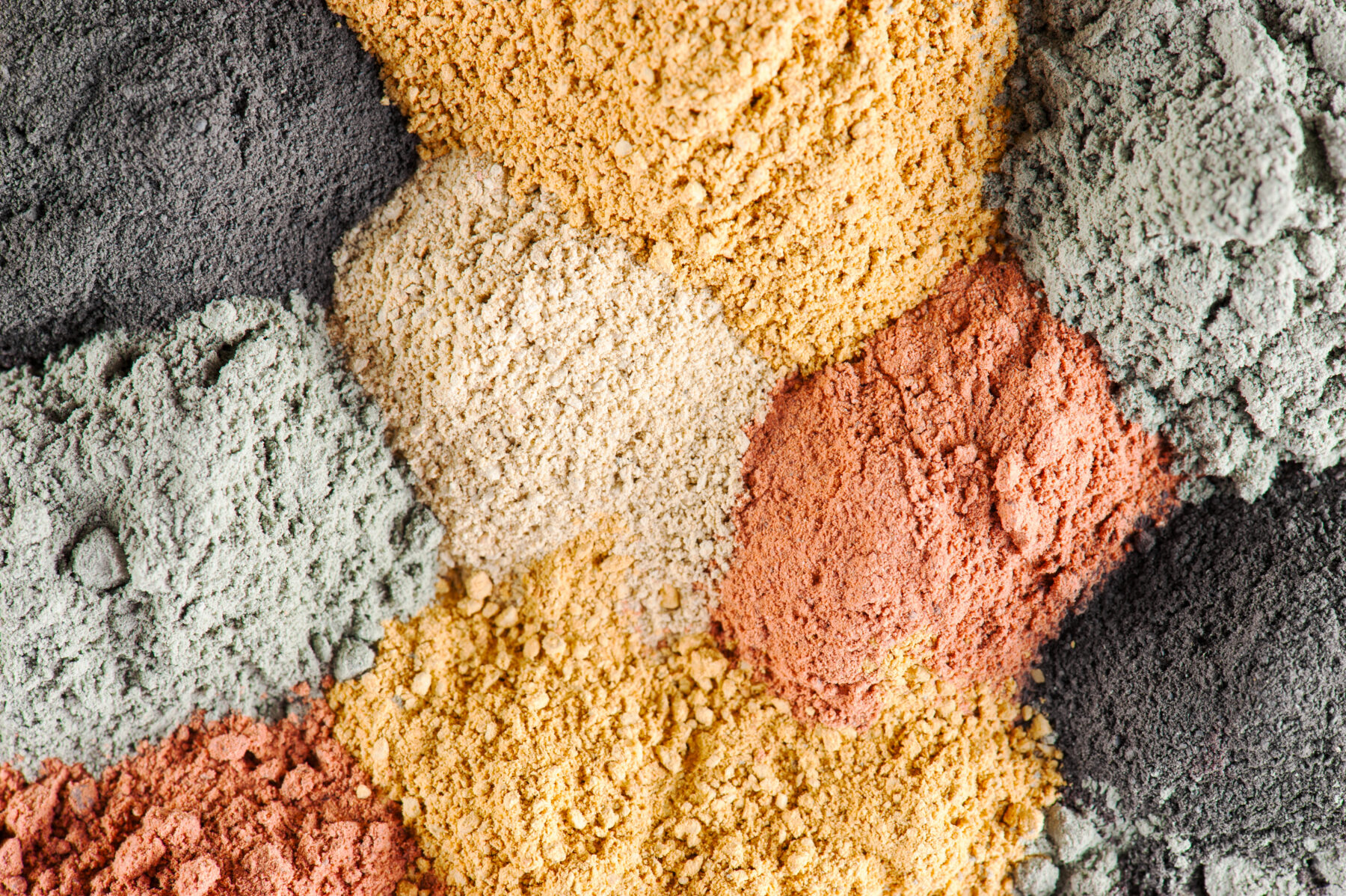
Animals in particular are known to display remarkable specialist behaviour whereby they ingest small amounts of clay within a particular diet. We now know that some types of clay have the ability to deactivate toxins within the stomach prior to being absorbed and poisoning the body. So, by eating small amounts of clay, some animals can actually tolerate poisonous plants and therefore access an otherwise forbidden diet. Incredibly, ancient Australian indigenous people also appear to have cottoned on to this ingenious mechanism and may have used it to cure gastrointestinal toxins produced by infection.





